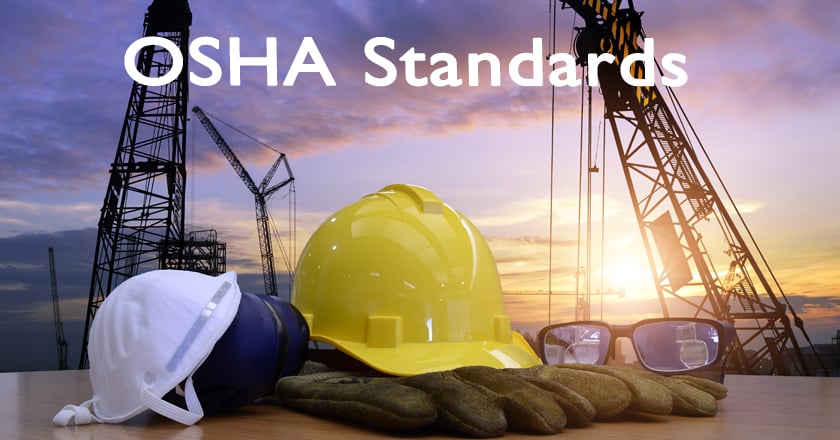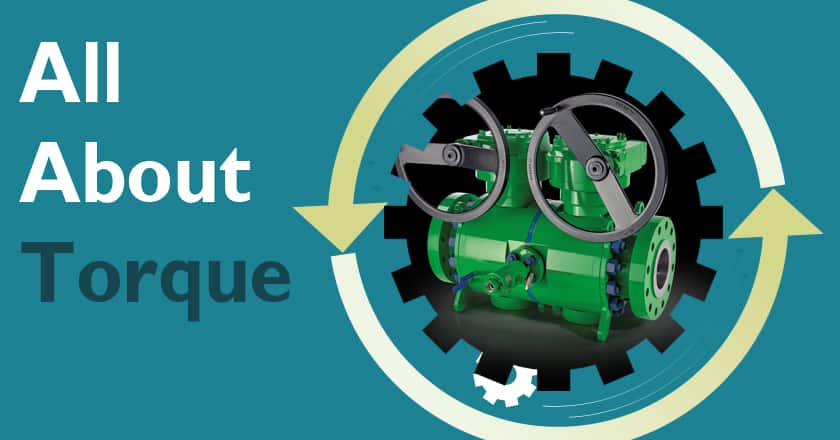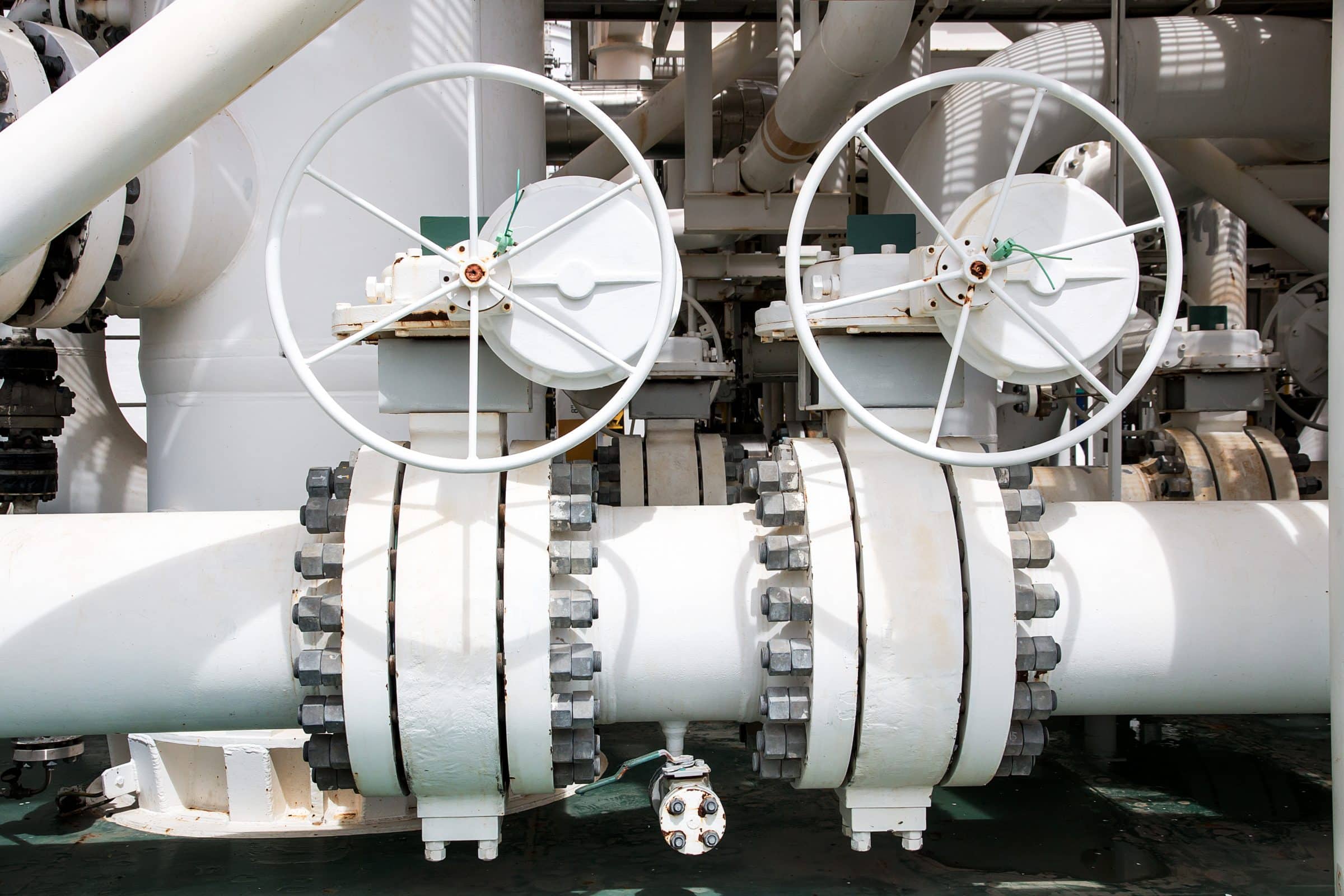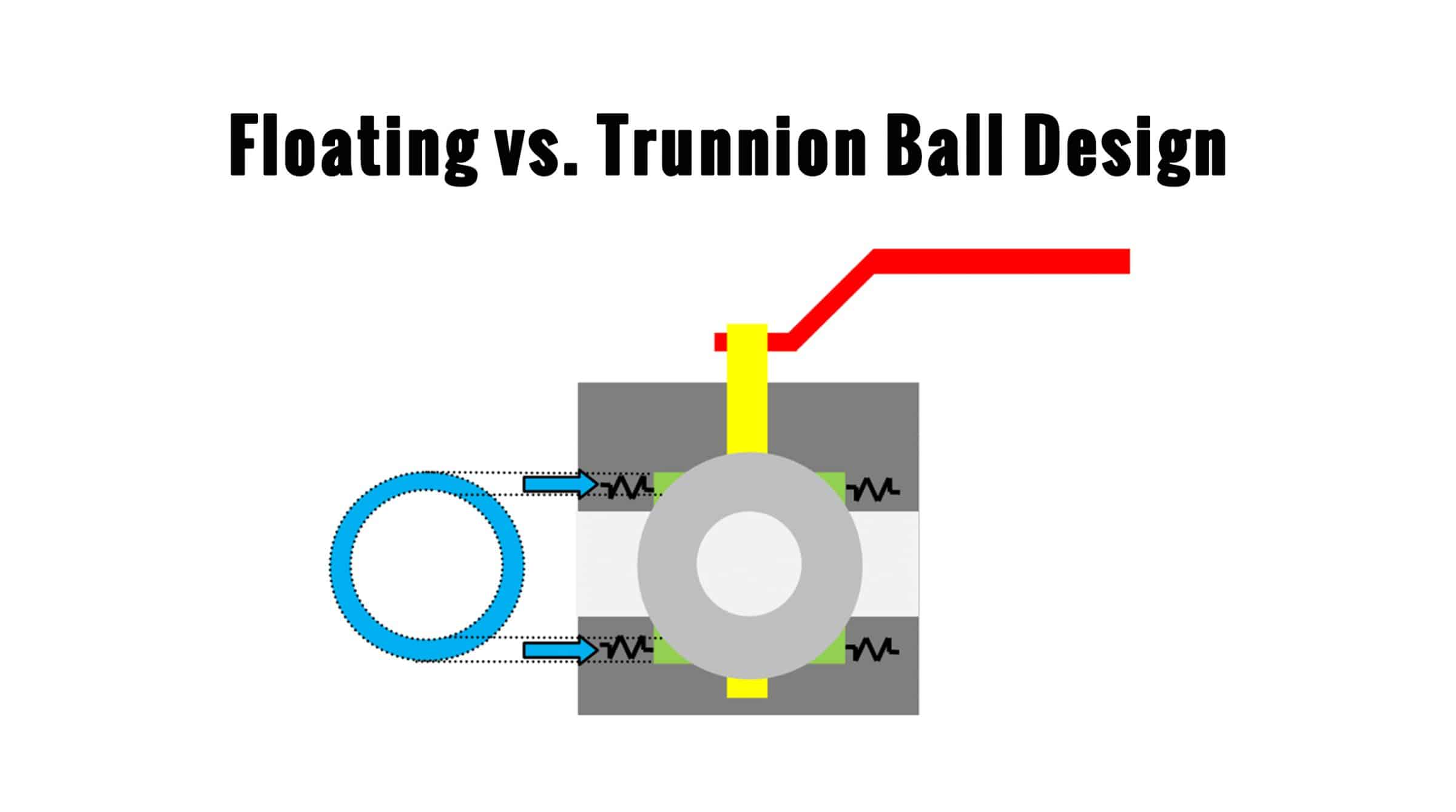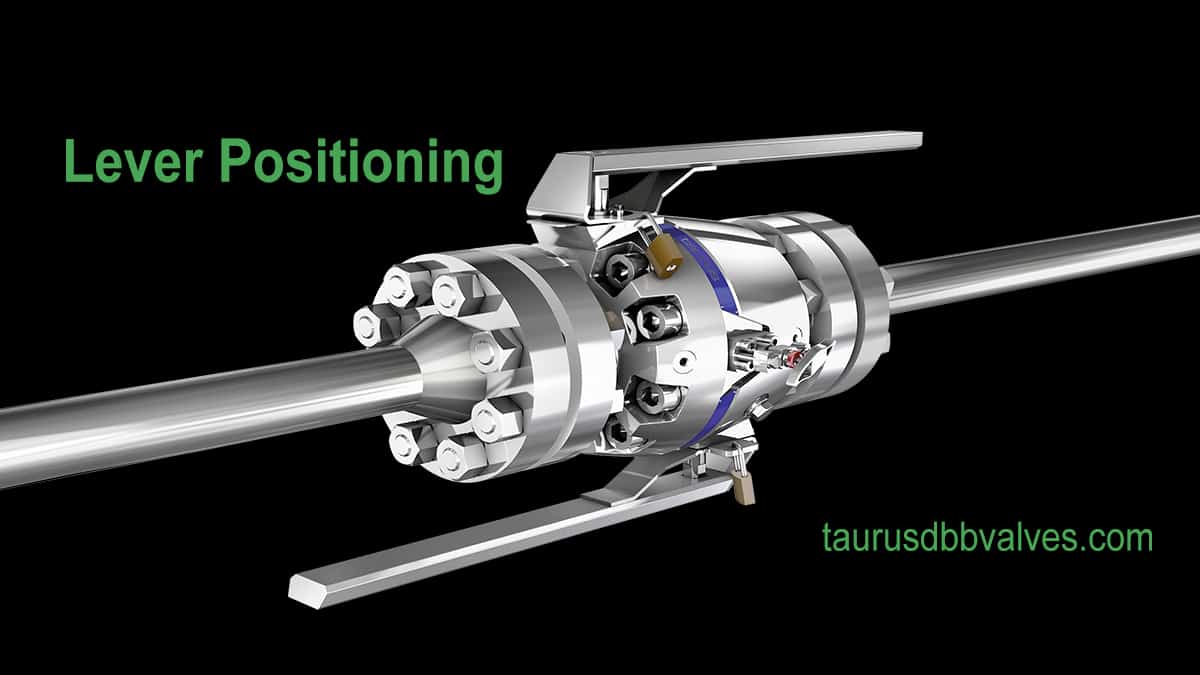Safety requirements in the process industry are extremely high. In some plants, especially in processes, involving flammable liquids or toxic gases, such a leakage can lead to risks to the plant but much important to the personnel – Especially for engineers with focus on maintenance and facility. The DBB Valves made by AS-Schneider provides an added value for all fields of application: https://taurusdbbvalves.com/features/
Continue readingTorque is more than meets the eye
When considering the torque values to operate the valve, one must consider how much torque is required to fully open and fully close the valve. If the valve gets stuck in mid function of opening or closing the valve a safety factor must also be considered sizing the actuator.
Continue readingThe Advantantage of using a compact DBB Valve
In the Oil/Gas industry, although it has become very common, the use of a compact Double Block & Bleed (DBB) valve for pressure energy isolation is still not applied or adopted across the board. I have experienced a few times wherein the use of a DBB valve for process isolation is more of an option rather than a design requirement.
Continue readingDBB Valves: Floating vs. Trunnion Ball Design
The higher the pressure, the more the sealing elements are pressed together – and the higher are the forces on the ball and the seat.
This would not be a big problem, if the valve has not to be operated like a check valve. But a ball valve has to be operable, even under high differential pressure.
When high forces are acting on the sealing elements, the friction between them is high. This means that the operation torque and the wear on the parts are also high.
How the position of levers can influence the usability of DBB Valves
Several Ball Valve basic designs are common and therefore a lot of different solutions are available on the market. Especially the position / orientation of the levers have an enormous influence on the usability of the valve, when used in horizontal installations. The following pictures are showing two different options.
Continue reading

